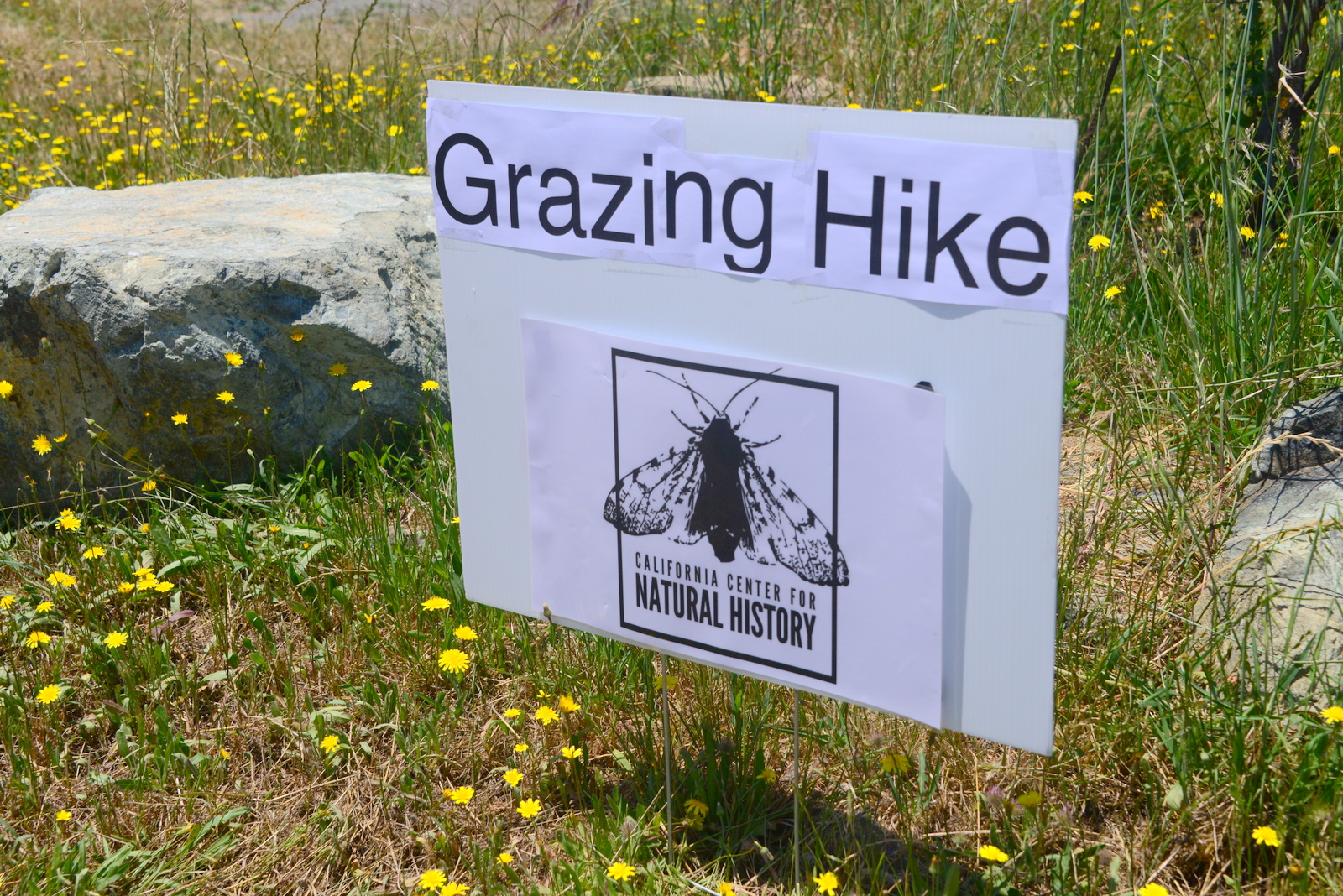Grazing for Restoration @ Pepperwood Preserve
/



















At an old weather beaten barn we met preserve manager Michael Gilogly. He gave us the conservation biology view of how cattle grazing helps meet the reserves' goals of managing noxious weeds and protecting endemic species. Participants peppered him with questions. He also spoke of their phytolith study which confirmed that these rolling hills have indeed been grasslands for hundreds of years and not forests that were cut down by European settlers.
Botanists Claire Brown and Joe Broberg then led us across a lush meadow where we identified no fewer than ten species of native grasses. Everyone hemmed and hawed about anthers and awns.
Over lunch we gazed upon a neighbors conventional "set-stock" grazed pasture and pondered its relative barrenness. We were joined by herders Aaron Lucich and Ariel Greenwood who regaled us with the complexities of grazing with an ecological mindset. It was easy to see how a herd that is moved through a few acres every day or two can be nimbly moved around a lush display of wildflowers or a family of breeding amphibians vs the set-stock mentality where you release a herd to graze on huge pastures for months at a time. It was also neat to see how the trampling of excrement and thatch into a intensively grazed area really stimulated grass growth. In one field we saw an explosion of Stipa pulchra, our official state grass, in an area once dominated by noxious medusa-head.
A few people left at 4pm, the planned ending time but most of us were eager to march on. We hiked past ponds, through forests and finally ended in a sea of perennial California Fescue in the dappled shade of a live oak forest.
It is said we evolved in savannas. Sitting in that balmy oak grassland there was definitely a familiar comfort.
-Nik Bertulis, photography Damon Tighe
In this iNaturalist project you can see some of the organisms observed on the hike
http://www.inaturalist.org/projects/california-center-for-natural-history

